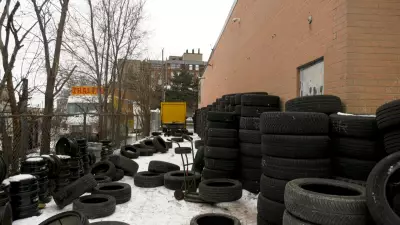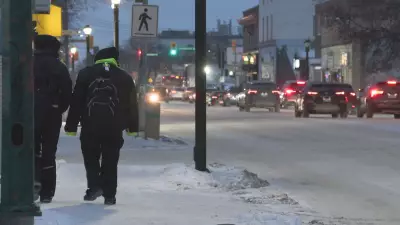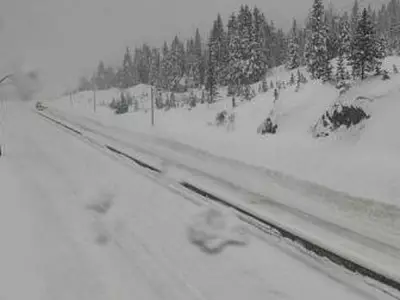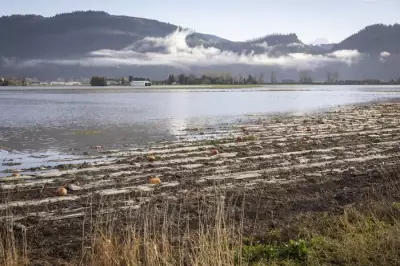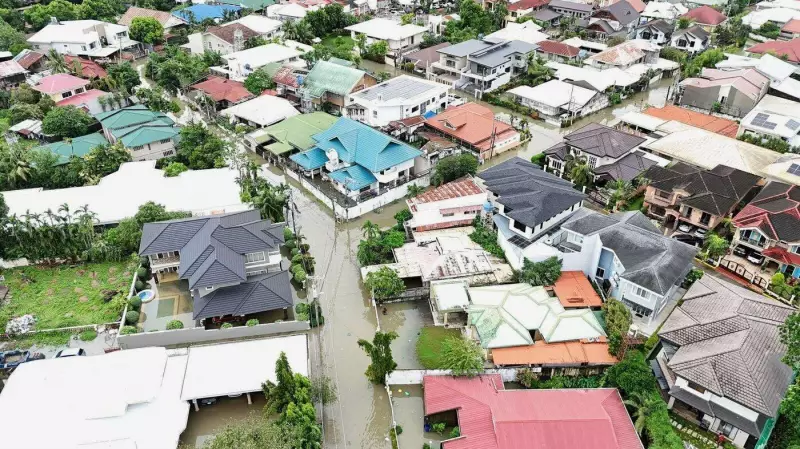
The northern Philippines is reeling from the devastating impact of Typhoon Kalmaegi, which has left at least 26 people dead and triggered catastrophic flooding across the region. Emergency crews are racing against time to rescue residents trapped on rooftops as floodwaters submerged entire communities.
Widespread Destruction and Rescue Operations
Rescue teams worked tirelessly throughout the night and into Monday, navigating treacherous waters to reach stranded citizens. Dramatic scenes unfolded across affected areas with people clinging to rooftops while vehicles disappeared beneath the murky waters. The typhoon's relentless rainfall transformed streets into raging rivers, catching many residents by surprise.
Emergency Response Mobilized
Local authorities have deployed all available resources to conduct search and rescue operations. "We're prioritizing areas where people are trapped in their homes or on structures that might collapse," stated one emergency official who requested anonymity. The scale of the disaster has overwhelmed local infrastructure, with power outages and communication breakdowns hampering relief efforts.
Climate Patterns and Increasing Intensity
Meteorologists note that Typhoon Kalmaegi follows a pattern of increasingly intense weather systems affecting the Philippine archipelago. The region typically experiences about 20 typhoons annually, but climate scientists warn that warming ocean temperatures may be contributing to stronger, more destructive storms.
Regional Impact and Recovery Challenges
The typhoon's path through northern agricultural regions has raised concerns about food security and economic recovery. Initial assessments indicate significant damage to crops and infrastructure that will require substantial reconstruction efforts. International aid organizations are monitoring the situation closely as the full extent of the damage becomes clear.
Survivors now face the daunting task of rebuilding their lives amid destroyed homes and livelihoods. Local government units have established temporary evacuation centers, but resources are stretched thin as the death toll continues to rise and missing persons reports flood in.


